|
Welcome back to the blog! Trail running is absolutely packed with benefits. I think we can all agree that it is mentally soothing to leave behind the concrete jungle and move nature's air through the lungs and muscles. But furthermore, the dirt and varied terrain is less impact on the joints, and challenges the muscles on a different level over it's concrete pounding counterpart. Let's explore the basic ins and outs of trail running In this post:
If you missed part 1 of my trail series on hiking, you can read it HERE. Today, I'm discussing hiking's close cousin: trail running. There are a lot of parallels between hiking and trail running - trail selection, proper footwear, foot placement, and navigating up and down hills are all important factors. In terms of forces, there is 2-3 times your body weight going through your joints compared to walking! So, everything you would consider in it's pavement pounding counterpart is AMPLIFIED by a factor of 2-3 when brought to the trails. Let's dive in! I mentioned this in my previous post, but trail selection becomes much more important when seeking to run the trails, even over hiking. I think it is worth re-posting the two apps that will serve you well in choosing a trail A great run starts with the right trail for youThese are the types of considerations that come in to play compared to hiking, or running on pavement- and that the above apps will help you with
Footwear Guide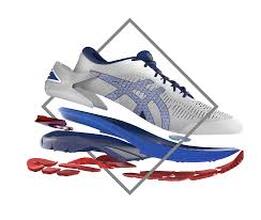
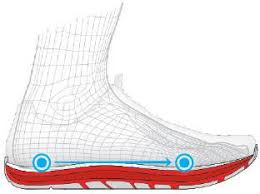
Trail tricks
Q&A with Mark Foy This section of the post is brought to you by our very own Fitness Specialist at Nutrilite Mark Foy! Mark is a seasoned trail runner, with over 30 years experience. His race resume includes 36 full marathons, 75 half marathons, and 1 half Ironman Triathlon. But, he is an absolute trail blazer! His trail resume is impressive, with 25 half marathons (Mostly in the Mt. Wilson area of Pasadena), 4 - 25k half trail marathons and 3 - 50k trail Ultras. He has a goal before age 65 to complete 50 marathons and 10 total 50k ultra trail marathons. Yeah, Mark knows a thing or two about the trails! Here are his best tips, taken from a Q&A section on his own blog: 1. From Rudy. Hello I am new to trail running and am getting shin splints. I think is from my shoes and running downhill. What would you recommend.
Mark F. Answer: Rudy thanks for reaching out. The number one piece of equipment for a trail runner is good trail shoes. The shin splints will dissipate if you have good shoes. Trust me on this. But recovering from shin splints requires icing your shins every 3-4 hours for 20-30 min. Standard recommendation until the pain and swelling subside. In some cases orthotics are also are a good piece of equipment 2. From Jessica: Hello I wanted to ask what sort of water intake do I need when I am running over 10 miles: Mark F. Answer: Jessica thanks for your post. A good rule of thumb for me is you need to fuel and hydrate every hour that you are out there. If your run is less than an- hour you can in most times get away with it. But when you are over an hour, you start losing caloric load and thru sweat lose electrolytes and hydration. The sun and how hot it is also is a factor. But remember even in cooler climates you are burning calories/sweating and need to take in proper fuel. I use a 2 liter camel bak system for shorter runs and a 3.5 liter system for longer runs If you don’t have a camel bak, I would highly recommend one for runners especially if you are doing longer runs. Good luck! 3. From Bob S. Hi I am new to trail running. A novice and wanted to know some good tips when I’m out on a trail run. Thanks Mark F. Answer: Bob thanks for your post. For me there are at least 8 tips when I first started running trails that I still try to live by when I’m out on the trails. And in most cases I do run alone and I really try to adhere to my 8 fundamentals; a lot of my runs are in hills that unfortunately have no cell reception so I make sure when I’m at higher peaks running that I bring my mini satellite text device: REI sporting goods sells them and are handy in case of emergencies. You can text and receive texts. Very handy Other tips: 1. Give yourself ample time in your run. Don’t try and kill it the first few runs. Trail running is totally different than street running 2. It’s ok to walk when u get tired or encounter a hill that is steep 3. Watch for course markings or landmarks as some trails you can get lost in. Make sure you know your surroundings. Know your route and always have a map of some kind 4. Bring ample food/water 5. Share the trail. There are a lot of trails where there are crowds so be courteous to your fellow runners. Us trail runners are very appreciative of other runners so just show them that courtesy 6.Wear the right footwear. Make sure you use a trail running shoe and not a tennis shoe. A trail shoe will help grip the terrain and will help you on those uneven surfaces. 7. Bring your cell phone in areas where there is reception. Things can go sour in a moments notice if you are not careful 8. Tell someone where you are going. Is always important that someone knows you are out there For myself I run alone as i have been trail running over 20 years. But is best to run with someone. Thanks Bob 4. A little more advanced question. Stephanie posted: I really appreciate your time and expertise Mark in answering these questions. If you can tell me what is a good stride length or cadence on flat hills; uphills and downhills? Thank you Stephanie for your post. Mark F. Answer I always maintain between 80-90 strides per minute for a general rule. This will change slightly on downhill and uphill runs Flatter runs tend to be like road runs. Whereas uphill trail runs are using shorter choppier strides. Downhill your stride length will be longer as you will be running faster. Hope this helps. Thanks Stephanie Tim here also is a good list of top trail running tips on race day: I try and use most of these when I race especially on ultra races 1. Visualize your run and always know on a trail race difficulties most often arise. Make sure you are mentally prepared to deal with this 2. Training for trail races; a good tip is hiking for leg strengthening and conditioning. Builds a solid base especially for those hills 3. Trust in your race preparations. Make sure you make that checklist prior to your run 4. Obviously pace yourself and don’t go out too fast. My rule is good tempo on flats: shorter stride on gradual hills and walking on steep hills. Saves you in the end 5. Keep eating and drinking throughout your event. I have run 3-50k trail runs and you can bonk as I have experienced if you don’t properly fuel your body. Very important tip! 6. Be prepared to spend a lot of time alone. Most trail runs like any event the field spreads out. You have to deal with the quiet. I always talk to myself staying motivated and positive. Makes for a better run. I also run with music which is great for passing the time during the run 7. The tough times will pass. You know you will experience tough times in a race. Get thru those times as they will pass. Just keep eating and moving your body 8. Enjoy your experience. Trail running is such a unique and challenging experience and is shared by many runners. Just know you will finish the race. Don’t quit and enjoy your time out there.
1 Comment
Mark Foy
6/25/2020 10:54:45 am
Awesome post Tim. Thx for putting my story here. I enjoyed the entire blog thoroughly❤️❤️😎🏋️♂️🏋️♂️
Reply
Leave a Reply. |
Broad Scope Narrow Focus BlogWelcome to the Broad Scope Narrow Focus Blog! I hope you find a lot of useful and applicable information as we explore the broad world of Wellness together. Check in often, as there will be new posts weekly! Enjoy Archives
September 2021
Categories |
Services |
Hours & Contact InformationHours of Operation: The Facility is staffed Tuesday - Thursday 7a-5p
*Facility is accessible 24 hrs / 7 days a week e . [email protected] p . (616) 787 - 7710 |



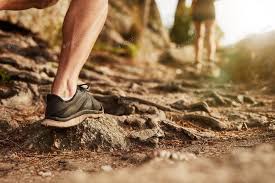
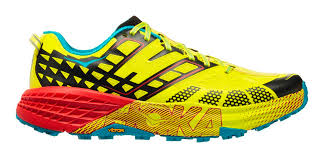
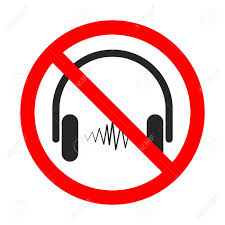
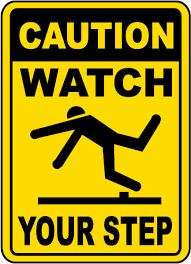
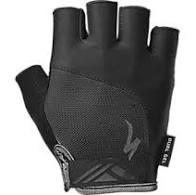
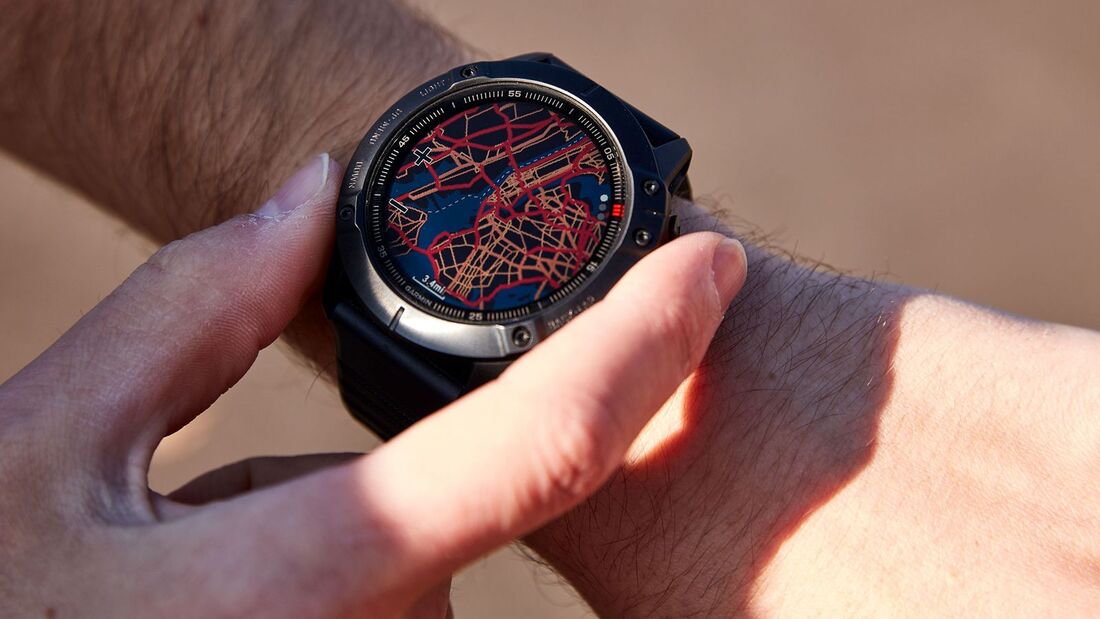
 RSS Feed
RSS Feed